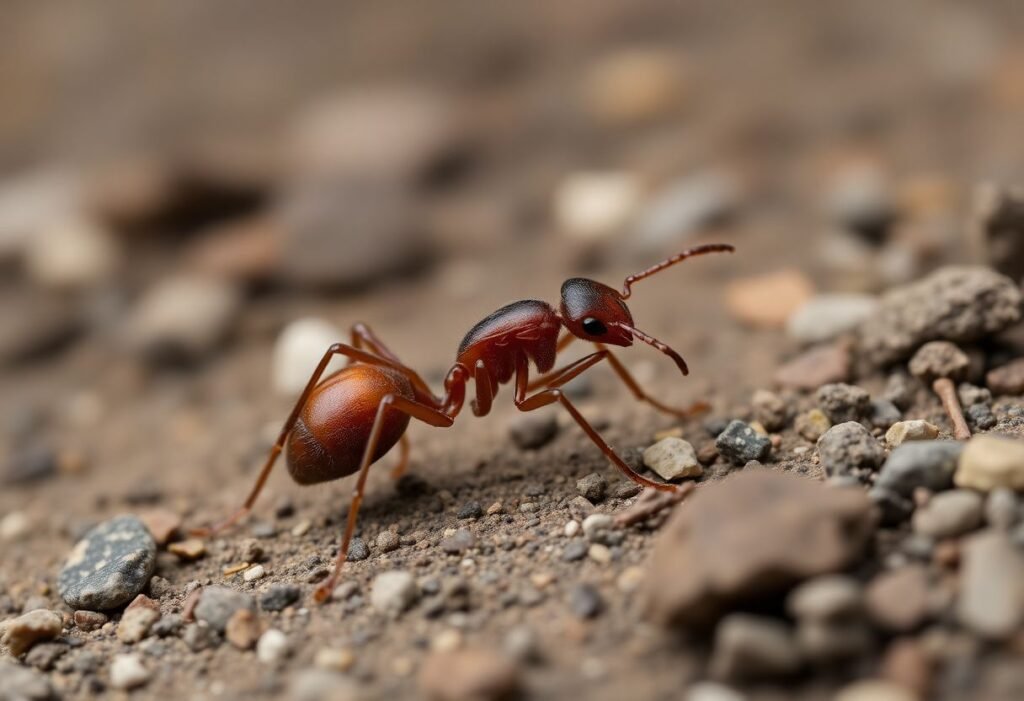Why Is Controlling Red Ants Important?
While red ants play a role in the ecosystem, their rapid proliferation can lead to considerable problems in your garden. Controlling red ants is crucial not only for maintaining the aesthetic appeal of your space but also for protecting your plants from potential damage. A few ants here and there may not pose a threat, but a colony can wreak havoc on your beloved flora.
Identifying Red Ants
Before taking action, it’s vital to confirm that you’re dealing with red ants. Typically, these ants feature a distinctive reddish hue along with dark legs. Take time to inspect for their nests, which are usually found underground or within dead foliage. Understanding what you’re up against is a critical first step in controlling red ants effectively.
Natural Methods for Controlling Red Ants
While commercial pesticides are an option, many prefer to use nature as their ally. Simple household items like vinegar can deter red ants effectively. Spraying a mixture of vinegar and water around your garden can create an environment that is uninviting for these pests, helping to maintain a healthier ecosystem.
Creating Ant Traps
Traps can be one of the most effective ways to manage red ants. You can easily create traps using a mixture of sugar and borax. By placing these around areas where you notice ant activity, you can lure them in and disrupt their colony. The sweet taste attracts them while the borax does the rest, reducing their population.
When to Use Chemical Solutions?
If natural methods prove futile, don’t hesitate to consider chemical solutions. Choose environmentally friendly options that minimize harm to beneficial insects. Always read the label to understand the best practices for application, ensuring the safety of your garden during your campaign for controlling red ants.
Eco-Friendly Ways to Deter Ants
Staying eco-conscious can go a long way in controlling red ants. Sprinkling diatomaceous earth in ant-prone areas acts as a natural barrier that is safe for your plants and pets. This method also minimizes your ecological footprint while effectively managing ant populations.
Maintaining Garden Hygiene
One of the most overlooked aspects of controlling red ants is cleanliness. Regularly removing food scraps, keeping your garden tidy, and ensuring proper mulch and compost practices will decrease the chances of attracting these pests. A clean garden is less inviting and helps sustain balance among its inhabitants.
Conclusion
In the face of challenges posed by controlling red ants, numerous strategies are at your disposal. Whether you opt for natural remedies or scientific methods, the key lies in consistency and vigilance. Take action today to protect your serene sanctuary and enjoy your garden again!
Disclaimer
This article is for informational purposes only and should not replace professional pest control advice.

















